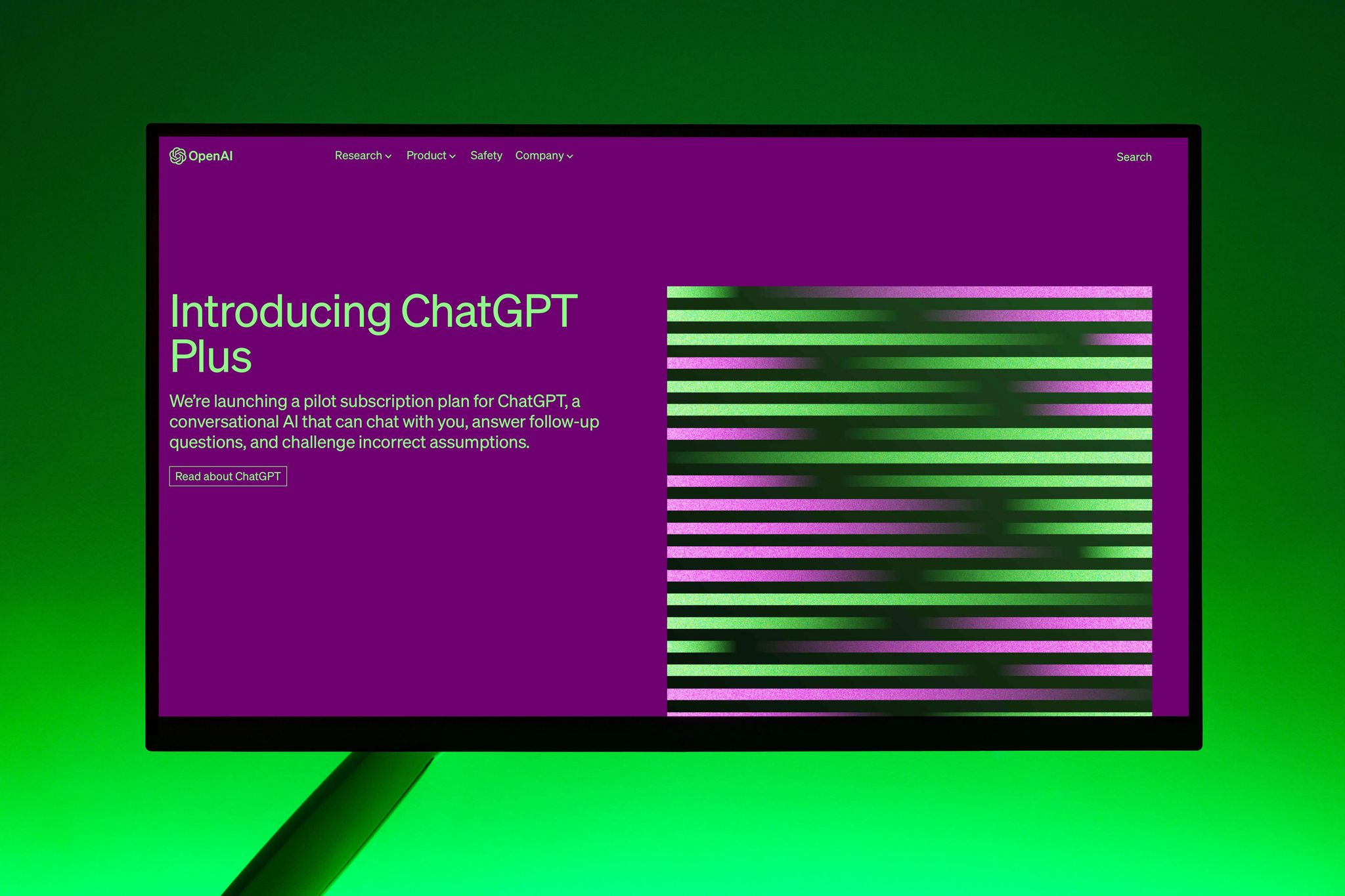Save
1. The Global Backdrop: Why SaaS Is the Pulse of Tech
In 2024, the global SaaS market was valued between USD 400 billion, and projections point toward a staggering USD 1.2–1.25 trillion by 2032–2034. Growth rates of 12 % to nearly 20 % yearly are common forecasts. The Asia-Pacific region in particular is expected to outpace many markets—some forecasts peg its CAGR above the global average.
Why this explosion?
- Businesses are shifting capital expense toward operating expense models.
- Remote/hybrid work demands scalable, always-on software.
- AI, analytics, and embedded automation add layers of ‘smartness’ to SaaS, turning what was once a ‘tool’ into an integral workflow engine.
Already, major SaaS players like Salesforce, Adobe, Atlassian, and Microsoft are embedding generative AI, adaptive workflows, and low-code tooling, raising user expectations everywhere.
But a trillion-dollar global horizon is more than an abstract number—it’s a signal: every country, including Bangladesh, must contend with that pace or risk being left behind.
2. The Bangladesh Chapter: From Whisper to Roar
The Rise of Digital Infrastructure & Market Size
In Bangladesh, the ICT market itself is on a fast climb. According to Mordor Intelligence, Bangladesh’s ICT sector is projected to grow from USD 8.88 billion in 2025 to USD 12.07 billion by 2030 (CAGR ~6.3 %). Another source, Verified Market Research, pegs the 2024 ICT valuation at USD 8 billion, expecting it to hit USD 20 billion by 2032 (CAGR ~12 %) under optimistic assumptions.
So already, we see that ICT is doubling or more in a decade—and SaaS must aim for a respectable share of that expansion. The public cloud sector in Bangladesh is following suit. A 6WResearch forecast suggests substantial growth, helped by startup demand and government encouragement. This layered growth (ICT → cloud → SaaS) is the ladder Bangladesh is mounting.
The Founding Memory: First SaaS in Dhaka
Imagine a small software house in a rented flat in Mirpur. They built a simple invoicing-plus-inventory app, pitched to a few local shops, and managed to charge them BDT 500 per month. The first dozen clients were near, word-of-mouth. The churn was brutal. Support tickets piled. They wondered: ‘Can this scale?’
That’s where many SaaS stories in Bangladesh begin. Over time, they learn:
- Mobile access is essential (many users will open SaaS via phone).
- Payment via bKash, Nagad, or local bank is nonnegotiable (international card processors often fail or incur friction).
- Localization (language, tax compliance, warehousing norms) distinguishes you from global off-the-shelf products.
As more founders took that route, the whispers turned to small echo, and now to steady hum.
3. The Confluence: Where Global Meets Local
The Demand Vector
AI-infused SaaS
Just as global SaaS vendors embed intelligence (automated insights, anomaly detection, assistants), Bangladeshi SaaS must do the same—or die. AI is no longer a nice-to-have; it’s baseline expectation. Software observers expect nearly all enterprise SaaS by 2026 to embed AI elements.
Composability and modular stacks
Globally, SaaS is moving from monolithic ‘ERP suites’ to modular building blocks (micro-SaaS). Buyers mix CRM, operations, analytics, etc., rather than buying one big bundle. That opens inroads for niche SaaS players in Bangladesh to plug into ecosystems.
Embedded finance and usage-based billing
In mature markets, SaaS is embedding financing (BNPL for software spend) or usage-based models (you pay for API calls, transactions). Bangladeshi SaaS can leapfrog: integrating MFS-based billing, pay-as-you-go metering tied to local cost structures.
Where Bangladesh Must Edge to Win
I. Latency & data sovereignty
Global cloud providers (AWS, Azure, GCP) are accessible, but latency and regulatory pressures matter. As Bangladesh builds its local data center footprint and even sovereign clouds, SaaS that ensures local residency, faster response, and compliance will win.
II. Regulation & governance
Globally, countries are rolling out stricter data protection laws. Bangladesh is no exception—the draft Personal Data Protection Act (PDPA) is in motion, and the new Cyber Security Act 2023 has sweeping rules. SaaS vendors must bake privacy, consent, auditing, retention policies from Day One.
III. Trust & brand premium
Global cloud providers (AWS, Azure, GCP) are accessible, but latency and regulatory pressures matter. As Bangladesh builds its local data center footprint and even sovereign clouds, SaaS that ensures local residency, faster response, and compliance will win.
4. A New Dawn: What We’ll See in 2027–2030
Let me sketch a few vignettes from the near future—what I believe will unfold if thepieces align.
Vignette A: Garment Line-Level SaaS
Sohana owns a small knitwear factory in Gazipur. She subscribes to LineSense, a SaaS that monitors knitting machines, defects, energy usage, operator efficiency, QA checks, and export readiness. It’s priced per line (not seat), and it integrates with the exporter’s portal.
No more Excel, no paper audits, no compliance surprise. Some of its code is built in Dhaka, the processing happens partly in a local data center to respect data rules, and surplus capacity is handled on a global cloud.
Vignette B: Diagnostic Lab Chain SaaS
Radiant Labs runs three diagnostic centers in Mymensingh and one in Sylhet. They adopt HealthTrack, a SaaS that handles tests, sample tracking, physicians’ interface, insurance claims, and patient dashboards. The system includes language localization, referral workflows, test bundling rules per hospital, and compliance logs built for audit.
Globally, there are lab SaaS models—these local players must differentiate by integrating with government e-health APIs, local billing systems, and cross-lab exchanges.
Vignette C: Embedded ‘SaaS + Finance’ for SMEs
A micro-enterprise subscribes to BizFlow, a SaaS stack combining accounting, inventory, GST/tax e-filing, and cash-flow forecasting. But BizFlow also offers embedded micro-credit: if you can’t pay your BDT 6,000 subscription in full, BizFlow offers you a small financed plan that is repaid as a percentage of your monthly revenue. All via local MFS rails.
Globally, embedded financing in SaaS is upwards of a billion-dollar opportunity— Bangladesh can adopt this play early.
5. What Founders, Buyers, and Policymakers Should Do
For Founders
- Start domain narrow — pick verticals that know (RMG, labs, logistics)
- Build for resilience — graceful offline mode, caching, sync strategies.
- Localize billing & pricing — support BDT, MFS, and hybrid payment.
- Bake trust — encryption at rest, audit logs, privacy controls.
- Hybrid hosting — use local DC + global cloud for scale.
- Global aspirations — design with export potential (other emerging markets, diaspora buyers).
For Buyers (SMEs, Enterprises, Public)
- Prioritize vendors who can articulate uptime SLAs, data-residency, and compliance.
- Negotiate outcome-based contracts (e.g., “X% reduction in rework” or “Y tests processed”).
- Push for modular contracts so you don’t get locked into monoliths.
- Encourage piloting local SaaS firms, not just global incumbents.
For Policymakers & Ecosystem Stewards
- Fast-track the PDPA (Personal Data Protection) and clarify cross-border data flow rules.
- Incentivize local data centers and sovereign cloud investments.
- Support SaaS export through matching grants, tax breaks, and trade missions.
- Strengthen university-industry linkage so domain expertise (lab science, textiles) helps SaaS teams.
6. The Final Chapter—Why This Story Matters
Bangladesh is at a unique crossroad. The infrastructure and policy vectors are aligning. The global SaaS tsunami is still rising. Local SaaS founders have a window to craft defenses and moats before the sea gets overcrowded.
The future of SaaS in Bangladesh won’t just be global SaaS clones. It will be domain- deep, trust-first, locally resilient, and globally ambitious. The stories I sketched above aren’t fantasy—they’re the trajectories I believe factories, labs, shops, and hospitals will follow.
If you’re building SaaS, choose your first vertical wisely. If you’re buying, demand clarity, modularity, and outcomes. And if you’re shaping policy, make sure that the rules of the game don’t stifle the very innovation you want to see.
In this new edition of Bangladesh’s technological narrative, SaaS is not just a chapter—it will be one of its defining arcs.
Save
Get updates, and news
— straight from us to you.






